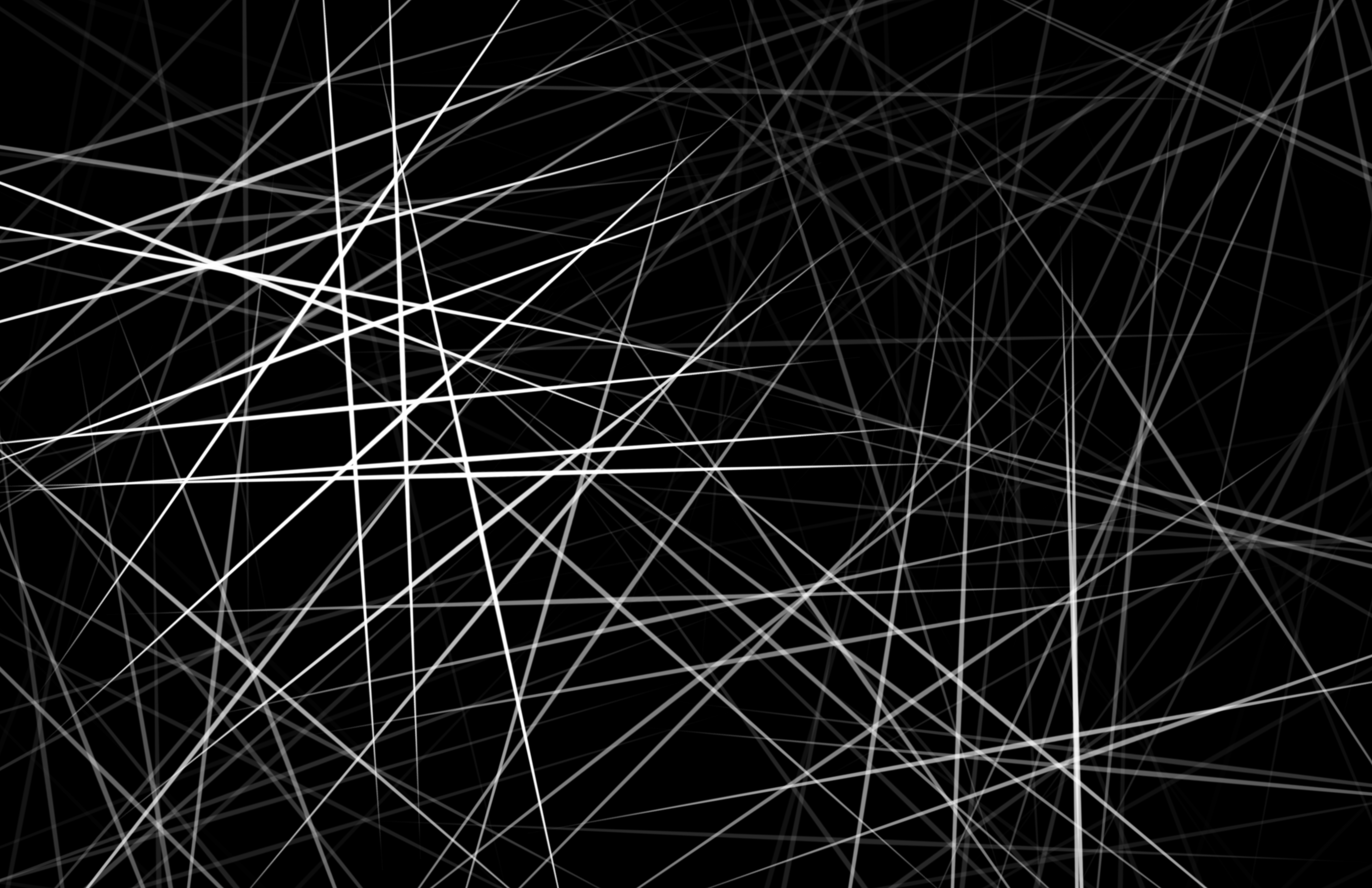GDPR for MSSPs: are you sure you're compliant?
With less than a year until GDPR, it's time for every MSSP to move away from outdated SIEM platforms, says Exabeam's Brett Candon

Given that the 1995 Data Protection Directive was written well before the advent of cloud and managed IT services, the protections are now unable to cope with the pace of technological change. However, unlike its predecessor, GDPR will soon fill in those gaps, encompassing not only those collecting the data but any third parties that also access, process and store that data.
With organisations increasingly turning to external service providers for help with their security needs, in the run-up to GDPR MSSPs must ensure that the services they offer meet the regulations. Failing to do so could place them in the firing line.
MSSPs' role as a processor
In GDPR terminology, MSSPs are classified as "processors," in that they hold and use personal data on behalf of their customers, the "controllers". Under GDPR, MSSPs will have to provide various assurances to their customers that they meet the legislation's new requirements, particularly around the technologies and processes in place to protect sensitive data.
Yet this is easier said than done. With the absence of a recognised accreditation, it will be up to individual MSSPs to make sure that their existing processes and tools can keep them compliant.
Are your security management tools up to the job?
The GDPR states that both processors and controllers are required to implement "technical and organisational measures" to mitigate the risk to individuals incurred when handling personal data (Articles 25 and 32). These measures should include those that protect against the purposeful or accidental access, transmission, destruction, loss, alteration, or disclosure of personal data leading to physical or reputational damage of any EU citizen (Article 32).
Stay up to date with the latest Channel industry news and analysis with our twice-weekly newsletter
Organisations opting for a managed service model for security are pushing some of the regulatory burden onto their MSSP. Since monitoring of access to customer data will become a function of GDPR compliance, MSSPs will have responsibility for ensuring they can effectively track user activities, such as access to sensitive data.
However, existing technical tools used by MSSPs fall short in two ways. Firstly, they do not provide the context to determine if a hacker is accessing confidential data. Secondly, if a breach does occur, they often miss the full picture, enabling a hacker to stay in the network and potentially cause further damage.
Post-breach reporting is another area of concern for MSSPs. The new Data Protection Officer (DPO) role created under GDPR will be obliged to report breach incidents to local authorities within 72 hours (Article 33), and to affected persons as soon as possible. To provide accurate information to both the authorities and customers, these DPOs must ascertain the full scope and impact of the breach, and so MSSPs must make sure that their existing technical measures can provide timely and complete post-breach forensic information.
Rethinking security
MSSPs typically use traditional SIEM (Security Information & Event Management) technologies as the main vehicle to manage data security in their Security Operations Centres. SIEM technology was fit for purpose a decade ago when data was relatively small, attacks were single incidents and the infrastructure was fairly simple. For example, there was less remote working, very few companies had BYOD policies, and emerging cloud applications were hardly used by larger organisations.
Today the style of attack has changed considerably; instead of perimeter probing, compromised insiders and zero-day internal attacks are now the norm. These styles of attack are hard for traditional SIEM technologies to detect with their correlation-based approach to detection. Advances in analytics and data science are the future for this market.
The need to be able to clearly show how a breach started, and identify everything an attacker touched during the incident, poses a big issue for MSSPs utilising a traditional SIEM. Visibility is poor, meaning cloud applications are effectively a blind spot, and there are many rules that create lots of noise, making it difficult to automate response and reduce risk exposure.
MSSPs are starting to understand that they need to rethink security management in light of GDPR. Greater visibility will enable them to identify threats to customers much quicker and with higher accuracy, and will provide a better understanding of how a breach started and the path it took, without hours or days of manual work. With this higher degree of visibility and understanding, automated controls can be applied to remediate an attack before it grows out of control.
Ultimately, the MSSP will be able to demonstrate to current and future customers that they have the correct controls in place to limit data getting into the wrong hands. Not only that, they'll avoid some nasty fines in the process.
Brett Candon is EMEA channel director at Exabeam
-
 Breaking boundaries: Empowering channel partners to unite DevOps and MLOps for a stronger software supply chain
Breaking boundaries: Empowering channel partners to unite DevOps and MLOps for a stronger software supply chainIndustry Insights Summary to be provided.
-
 AWS targets IT modernization gains with new agentic AI features in Transform
AWS targets IT modernization gains with new agentic AI features in TransformNews New custom agents aim to speed up legacy code modernization and mainframe overhauls
-
 Three secrets to success for the MSSP
Three secrets to success for the MSSPIndustry Insights MSSPs can capitalize on growing demand to outsource security workloads amid ongoing economic hurdles and skills shortages – here's how
-
 Logpoint unveils new MSSP and channel partner programs
Logpoint unveils new MSSP and channel partner programsNews The new Logpoint initiatives aim to help partners navigate the changing security landscape and capture new opportunities
-
 Check Point targets partner growth with MSSP program revamp
Check Point targets partner growth with MSSP program revampNews The Check Point partner initiative now offers a “more robust, comprehensive, and flexible” service model
-
 How MSSPs can leverage dark web intelligence to counter emerging threats
How MSSPs can leverage dark web intelligence to counter emerging threatsIndustry Insights Dark web intelligence can be a vital tool for MSSPs to bolster security and counter emerging threats
-
 Dragos’ new partner program aims to turn resellers into OT experts
Dragos’ new partner program aims to turn resellers into OT expertsNews The initiative will help partners fully manage customer deployments with Dragos’ ISC/OT security offerings
-
 The complete SaaS backup buyer's guide
The complete SaaS backup buyer's guideWhitepaper Informing you about the realities of SaaS data protection and why an SaaS back up is essential
-
 The 'cyber aSaaSin' manual
The 'cyber aSaaSin' manualWhitepaper Providing valuable insights to identify SaaS data enemies and win the battle against SaaS data threats
-
 Best practices for Microsoft 365 business continuity
Best practices for Microsoft 365 business continuityWhitepaper Discover how to mitigate the effects of large-scale, high-cost data loss disasters